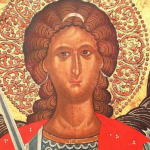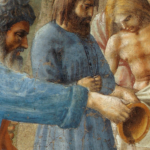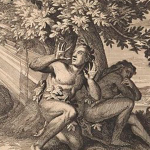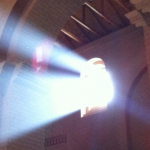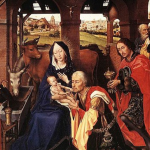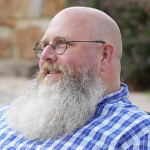
Joey Spencer is a Tutor for the Alcuin Institute for Catholic Culture, and serves as the Archivist for the Diocese of Tulsa.
The Holy Angels
Today, September 29th, the Church celebrates the feast of the Archangels, St. Michael, St. Gabriel, and St. Raphael, and on October 2nd celebrates the memorial of the Guardian Angels. In…
St. Cyril of Jerusalem and the Mystagogy of Baptism
Sometime around the year 350, St. Cyril was named Bishop of Jerusalem. St. Cyril served as Bishop of Jerusalem during tumultuous times, both political and theological. During his reign as…
Taylor Swift is Right: I’m the Problem
I will confess to all the “Swifties” out there that I am no expert on Taylor Swift or her music, and, in addition to possibly putting my ignorance of Taylor…
Happy Is He Who Prays with the Church
Each feast day, St Therese of Lisieux’s sister Pauline would read Dom Guéranger’s commentary on the Mass in order to prepare their minds and hearts. St. Therese writes of this…
The Nativity of our Lord: The Feast of this Awe-filled Mystery
As we prepare for the coming of Christ at Christmas, it seemed proper to spend some time with a few sermons of Saint Peter Chrysologus, particularly those dealing with the…


